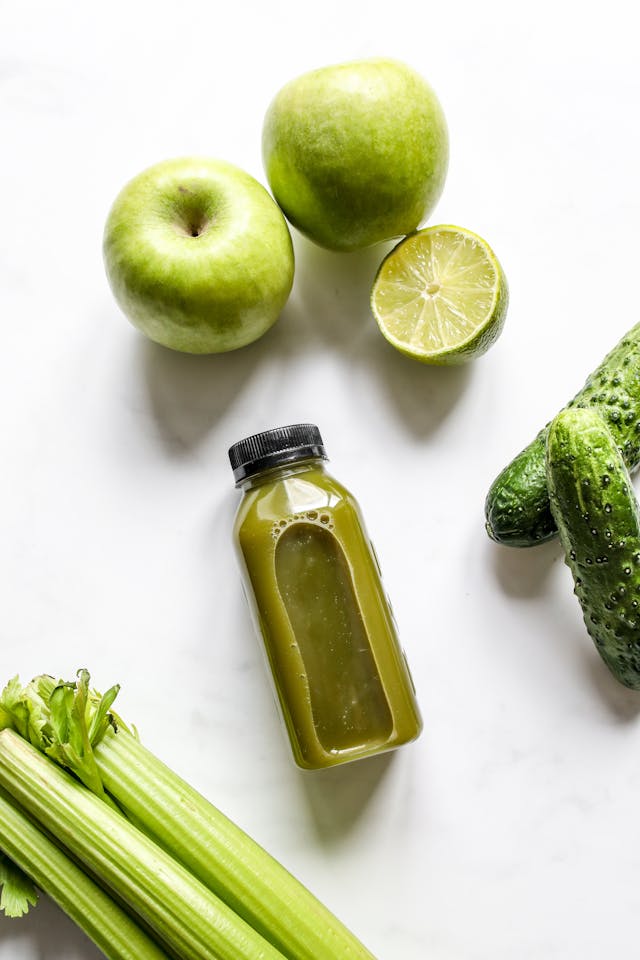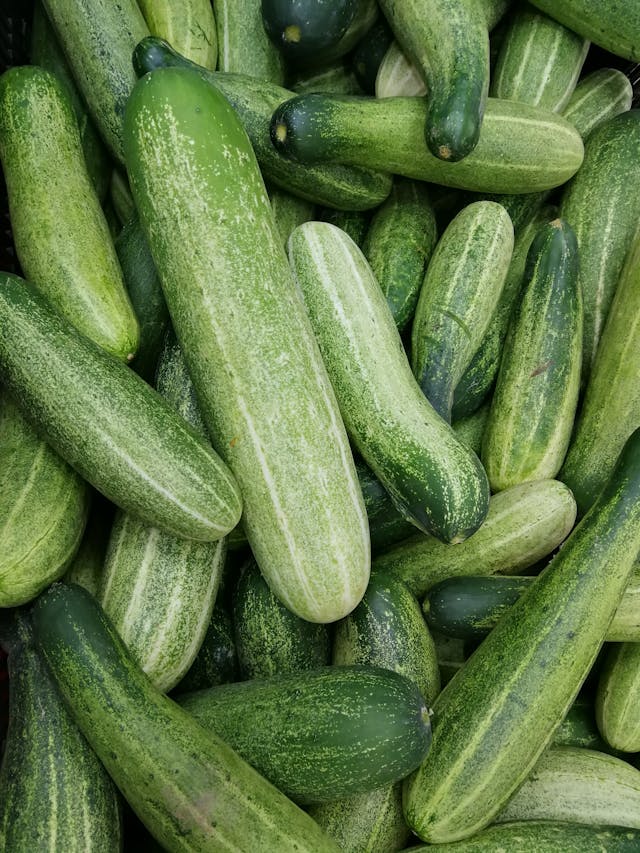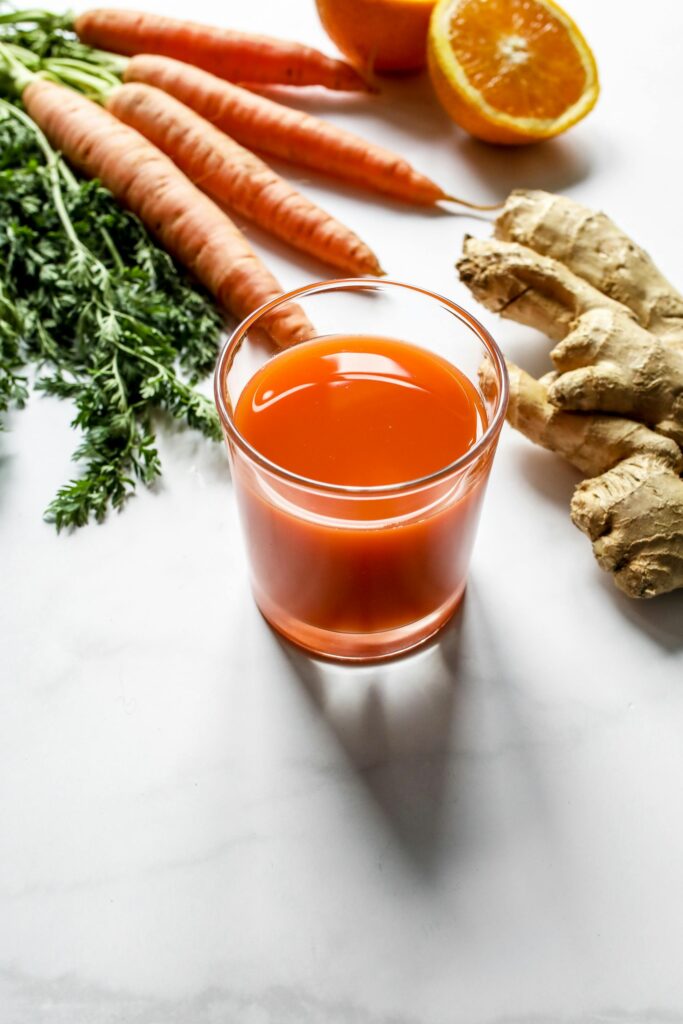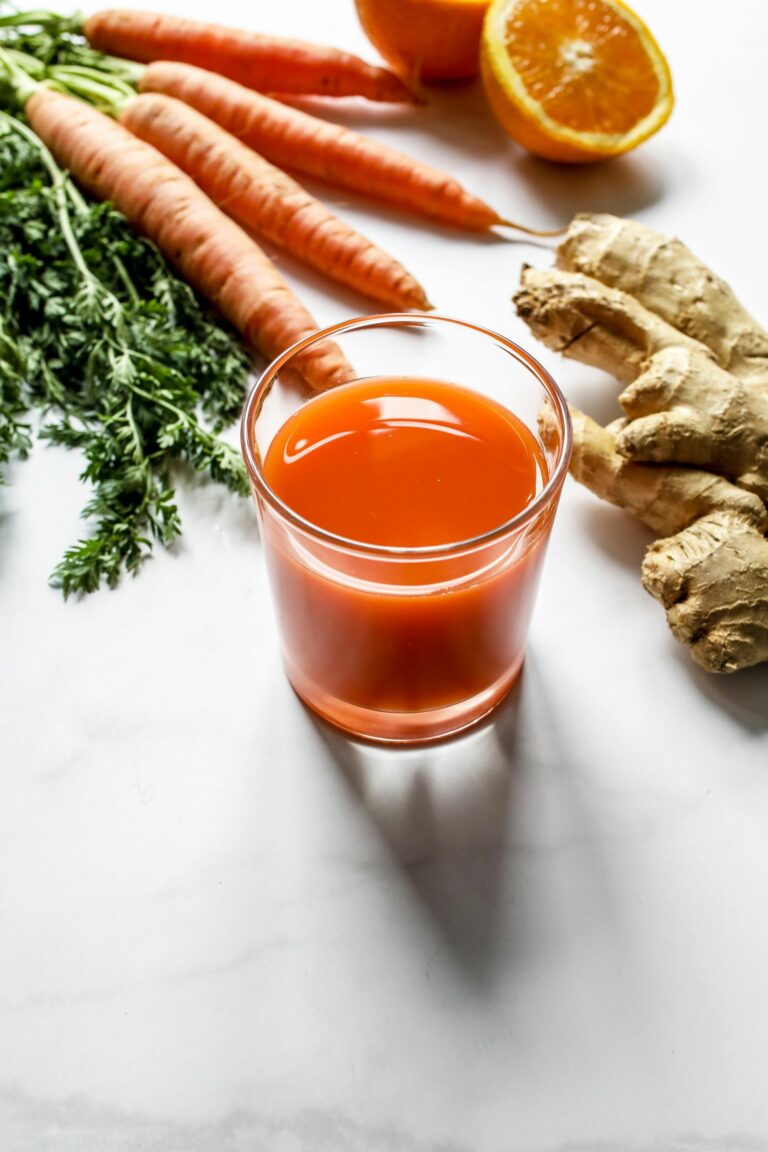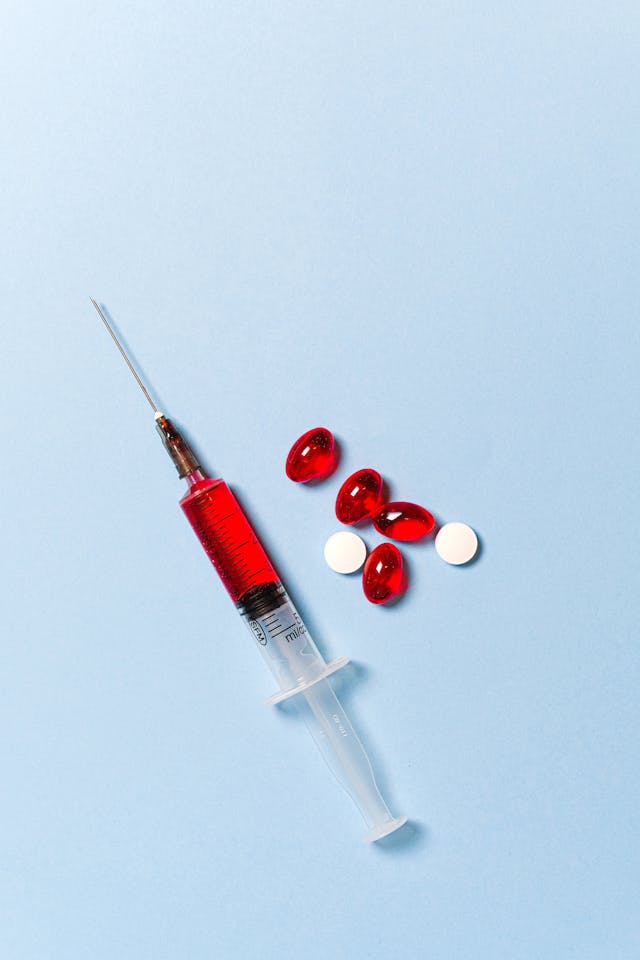Maintaining proper hair comb hygiene is crucial for healthy hair and scalp. A hair comb is an essential grooming tool, but if not cleaned regularly, it can accumulate dirt, oils, and bacteria, leading to scalp infections, dandruff, and hair damage. Proper hygiene ensures that your comb remains free from germs and contaminants, promoting better hair health.
The Importance of Hair Comb Hygiene

Prevents Scalp Infections
An unclean comb can harbor bacteria, fungi, and other microorganisms, which can cause scalp infections. Regularly cleaning your comb helps prevent skin irritations, itching, and conditions like folliculitis.
Reduces Dandruff and Product Buildup
Dandruff flakes, sweat, and hair care products like gels and sprays accumulate on the comb over time. When used without cleaning, the hair comb redistributes these residues back onto your scalp, worsening dandruff and making your hair look greasy.
Minimizes Hair Breakage and Damage
A dirty comb with tangled hair and debris can lead to increased hair breakage. When you use an unclean comb, it pulls on your strands, weakening them over time. A clean, smooth comb glides through your hair effortlessly, reducing split ends and breakage.
Promotes Better Scalp Circulation
Combing your hair stimulates the scalp and improves blood circulation, promoting hair growth. However, using a dirty comb can transfer bacteria and oil back to the scalp, blocking hair follicles and hindering growth.
Prevents Lice Infestation
Sharing a dirty comb increases the risk of lice infestation. Lice eggs or live lice can easily transfer from one person to another. Keeping your comb clean and avoiding sharing it with others is essential for preventing lice spread.
How to Maintain Hair Comb Hygiene

Clean Your Comb Regularly Wash your comb at least once a week using warm water and mild shampoo or soap. Soak it for a few minutes to loosen dirt, then scrub gently with a toothbrush to remove buildup.
Remove Hair Strands After Every Use
Always remove trapped hair from your comb after each use. This prevents dirt accumulation and keeps the comb clean for the next use.
Disinfect Your Comb
Soak your comb in a solution of warm water and vinegar or rubbing alcohol to kill bacteria and germs. This is especially important if you have dandruff or scalp infections.
Avoid Sharing Combs
Sharing a comb increases the risk of infections, dandruff, and lice transmission. Always use your own comb and avoid borrowing from others.
Store Combs Properly
Keep your comb in a clean, dry place to prevent bacterial growth. Avoid storing it in damp areas like the bathroom, as moisture encourages mold and bacteria.
Conclusion

Maintaining proper comb hygiene is essential for healthy hair and scalp. A clean hair comb prevents infections, reduces dandruff, minimizes breakage, and promotes hair growth. By following simple cleaning and storage practices, you can ensure that your hair comb remains hygienic and safe for everyday use.
FAQS
1. How often should I clean my hair comb?
You should clean your hair comb at least once a week to remove dirt, oil, and product buildup. If you use styling products frequently, clean it more often.
2. What is the best way to disinfect a hair comb?
Soak your hair comb in warm water with mild shampoo or vinegar for a few minutes, then scrub it with a toothbrush. Rinse thoroughly and let it dry completely.
3. Can using a dirty hair comb cause hair problems?
Yes! A dirty hair comb can spread bacteria, dandruff, and product residue, leading to scalp irritation, hair breakage, and even infections.
4. Can sharing a hair comb cause infections?
Yes, sharing a comb can transfer dandruff, lice, bacteria, and fungi, increasing the risk of scalp infections and other hair-related issues.
5. How do I choose the right comb for my hair type?
For thick or curly hair, use a wide-tooth comb to prevent breakage. Fine or straight hair benefits from a fine-tooth comb for better detangling and styling.







